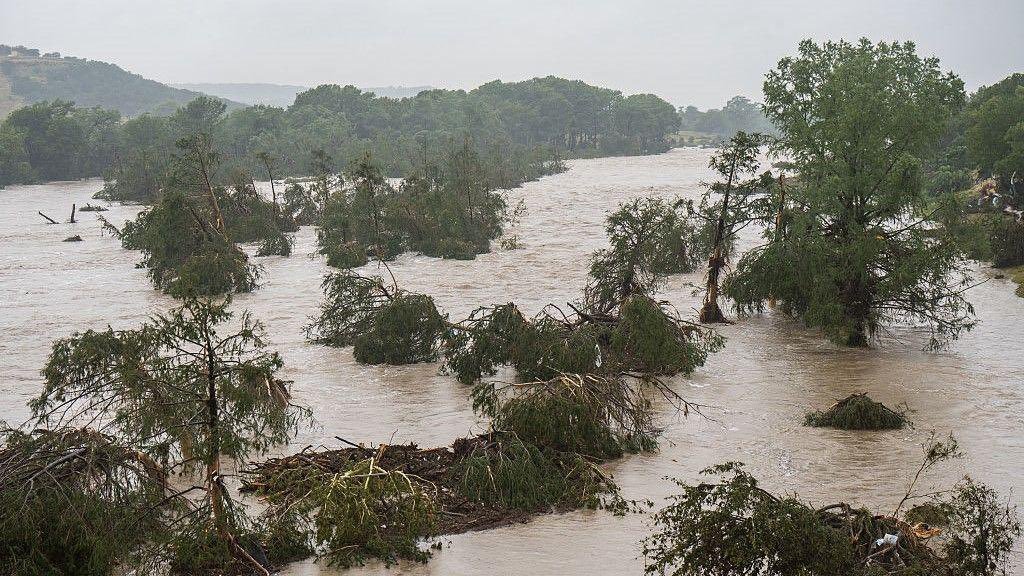When the skies opened over Texas in July 2025, what followed wasn’t just another heavy rain.
This time, it broke records.
In just 72 hours, several regions received over 20 inches of rainfall — a deluge that turned roads into rivers and homes into hazard zones. From Houston to Corpus Christi, the devastation was swift, widespread, and for many, life-changing.
But what caused this disaster, and could it have been prevented?
The Scale of the Flood: Before vs. After
Here’s how Texas looked before and after the floodwaters swept through:
| Category | Before Flood (June 2025) | After Flood (July 2025) |
|---|---|---|
| Average Rainfall per Week | 1.2 inches | 20+ inches in 3 days |
| Reservoir Capacity | 80% (normal) | 120% (overflow) |
| Flooded Counties | 2 (minor) | 34 (major impact) |
| Evacuations | ~500 people | 45,000+ |
| Federal Disaster Zones | 0 | 13 declared |
Was Climate Change the Trigger?

While many Texans looked to the skies in disbelief, scientists pointed to what’s happening below — and within — the atmosphere.
Increased global temperatures have made storms more intense. According to NOAA and NASA reports:
- The Gulf of Mexico recorded its highest water temperatures this decade
- Warmer air held more moisture, increasing rainfall volume
- Jet streams stalled, trapping the storm system over Texas longer
In short: climate change didn’t just cause heavier rain. It caused persistent rain that refused to move.
What Failed?
- Aging Drainage Systems: Many urban counties have outdated pipelines and storm drains.
- Lack of Wetland Protection: Natural water-absorbing areas have been replaced with concrete.
- Early Warning Gaps: Flash flood alerts came too late in several cases.
- Public Unpreparedness: Flood insurance was low, and evacuation routes were poorly followed.
These failures aren’t new — but this time, their cost was public.
What Worked: Small Wins in a Sea of Chaos
- Mobile alert systems in Austin prevented casualties despite record rainfall.
- Public shelters were open within 6 hours in some counties.
- Volunteer groups organized clean water and supplies on social media.
- Local meteorologists warned about potential stall patterns, weeks before national alerts came out.
How Texas Compares to Previous Floods
- Hurricane Harvey (2017): 33 trillion gallons of water fell — mostly due to a hurricane system. Fatalities: 107.
- July 2025 Flood: 17.8 trillion gallons, but from non-cyclonic rainfall. Fatalities: 67 (as of writing) — a new kind of extreme.
- Record Note: This is the first time Texas has experienced flash floods of this scale during non-hurricane season.
Where We Go Next: Rebuilding with Climate in Mind
Texas will rebuild — it always does. But rebuilding can’t mean pouring concrete on the same cracks.
Proposed measures:
- Smart water routing systems using AI predictions
- Urban green zones that absorb overflow
- Flood insurance education drives
- Real-time radar alert apps integrated in schools and workplaces
Final Word
What happened in Texas wasn’t just a freak storm — it was a warning. Not just for the Lone Star State, but for every rapidly urbanising region in a warming world.
The climate crisis is not abstract. It flooded living rooms. It soaked textbooks. It destroyed dreams.
And unless we change, it’s only the beginning.